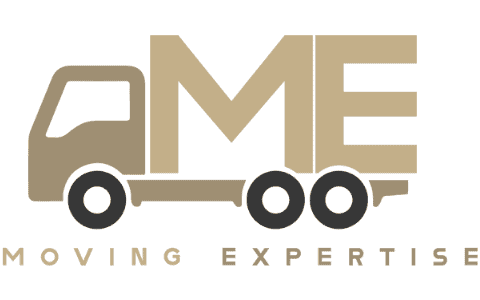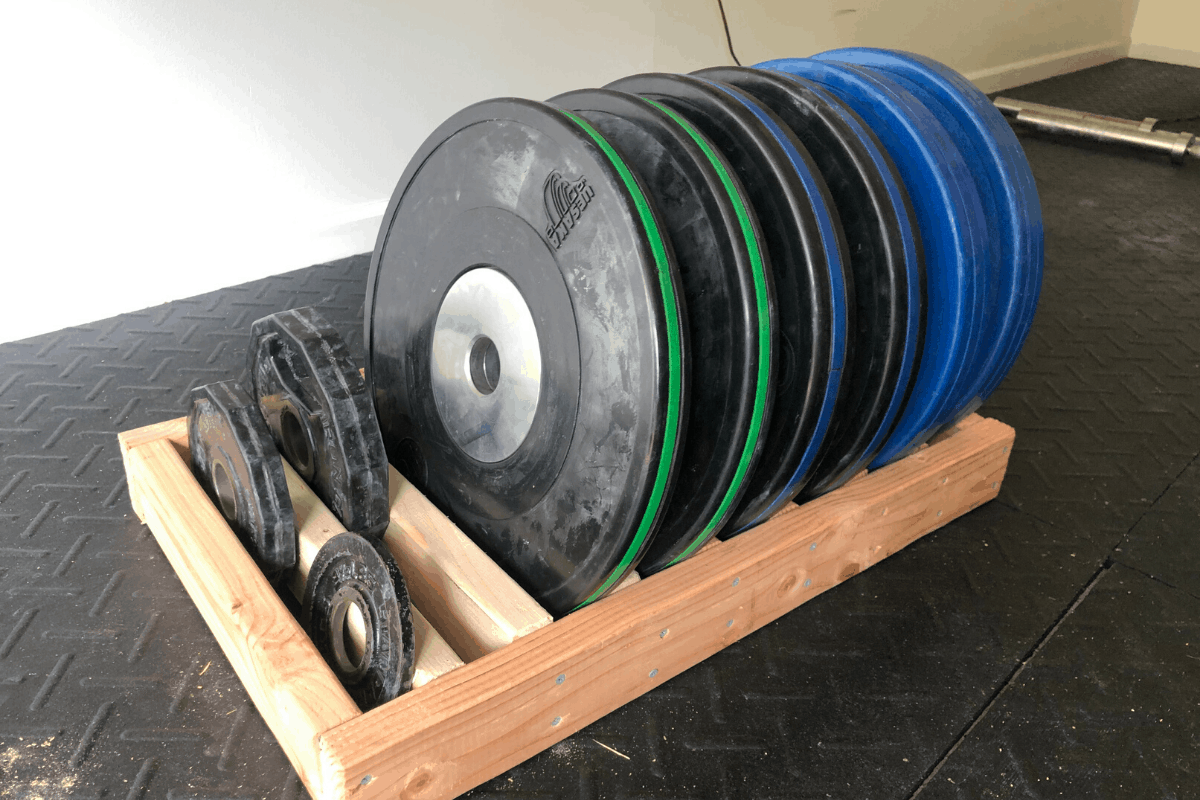I have been a Strength and Conditioning Coach for almost 20 years now. Being in this line of work has led to two things. I have always had a home gym and I’ve moved about every two or three years throughout my career.
I’ve packed and moved home gym equipment like free weights and dumbbells more times than I care to remember. In this article, I’m going to give you all my best tips for how to pack weights for moving that I’ve picked up after moving weights so many times over the years.
The key to how to pack gym equipment for a move is to place them on the truck last to minimize how much they need to be carried. Once on the truck, create a barrier with bumpers plates and/or moving blankets to help keep them in place.
Table of Contents
6 Tips For Packing Free Weights
Don’t Put Weights in Moving Boxes
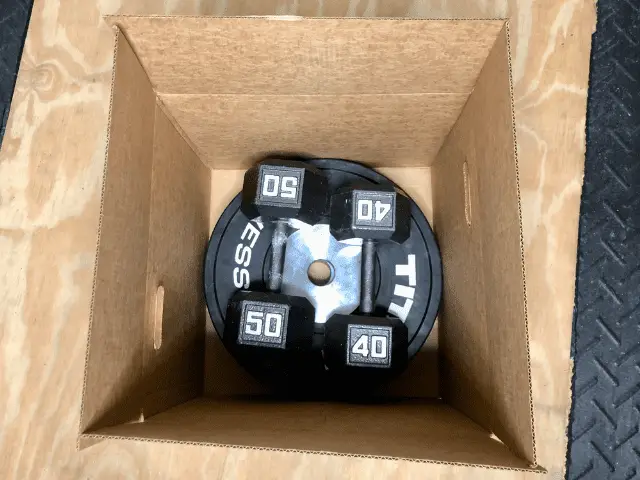
I feel like this should be somewhat obvious but trying to put weights in moving boxes is a recipe for disaster. Free weights will destroy a moving box faster than basically anything else that’s going to go on the moving truck.
This makes sense, right? After all, weights are literally heavy iron objects. In the case of dumbbells, if they are rounded, they can also roll and generate momentum.
The only exception to this is if all the fitness equipment you have is smaller weights – light hand weights, yoga mats and maybe a medicine ball – then a box can be an option. Use rugged hard plastic bins though, not just a typical cardboard box.
Put Gym Equipment in the Truck Last
There are a couple of reasons why I highly recommend putting your gym equipment in the truck last.
First, for most people, your weights are going to reside in your garage. Whether you have a full-on garage gym or just some simple items, most of us workout in our garages.
or just some simple items, most of us workout in our garages.
By putting your home gym equipment in the truck last, they’ll be the first thing off the truck when you arrive. Pull the truck up to the garage, grab your weights and put them in the corner out of the way. Done.
This minimizes the amount of carrying you’ll have to do. If you have quite a few 45s and some big dumbbells (I’ve moved 80s and 100s… not fun) you’ll thank yourself.
Secondly, placing them in the truck last allows you to set them right into the truck without walking up the ramp and into the truck. Again, this might seem like a small thing, but packing a truck is already enough work – no need to create extra work for yourself that can be avoided.
Make Smart Use of Bumper Plates
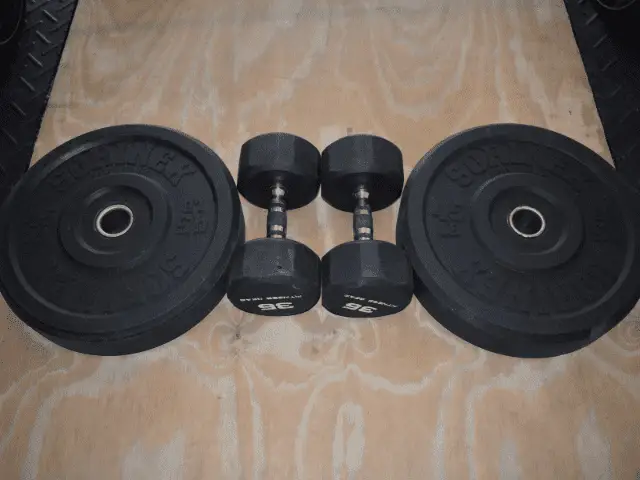
Getting weights into the truck is one thing, but how do you make sure sliding and rolling weights don’t end up destroying everything in the truck while you’re en route to your new house?
If you have bumper plates, they can serve as excellent “anchors” to help hold other weights, like iron plates, dumbbells and barbells in place. Iron plates tend to slide on the metal floor of a moving truck, but bumper plates are much grippier and, in my experience, do a good job of creating barriers to hold everything else in place.
What if you don’t have bumper plates?
Utilize Moving Blankets
Use Moving Blankets to protect anything that the weights could end up bumping up against on the ride. Moving Blankets are padded and thick and will do a good job of protecting everything in the vicinity of your weights.
If you don’t have bumper plates, or even if you do, moving blankets are a great option to help secure weights in place.
You could also use bubble wrap if you don’t have moving blankets, but you’ll want heavy-duty bubble wrap. Even with heavy-duty bubble wrap, you’ll want to double, or even triple, layer it to protect what’s around your weights. This is why I’d much rather use moving blankets.
That brings me to my next point –
‘Wedge’ Weights in Place
Use bumper plates, and moving blankets along with other large, heavy objects (Washers and/or Dryers work well for this) to help secure and wedge fitness equipment in place.
The less space that weights have to slide, roll or move in general the better chance you have of avoiding dents, dings or worse.
Keep Your Weights Away From Anything Fragile
This is another tip that seems pretty obvious, but hear me out.
I doubt anyone would put their free weights next to their box of plates and dishes, but what I’m referring to is other items that aren’t as obviously fragile.
I don’t know about you, but we’re still rocking with some bookshelves that we bought from Target. Trust me when I say a rolling 40lb dumbbell will do more than just put a ding in something like that.
How to Pack Racks and Machines
So far we’ve discussed mostly free weights like barbells, plates and dumbbells.
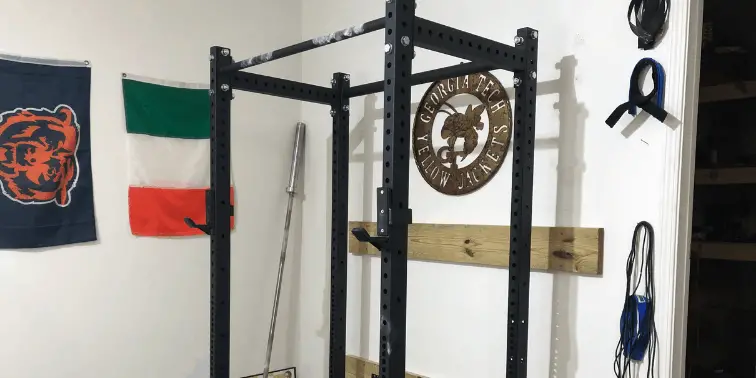
But, what if you have bigger items like squat racks, weight machines or benches?
First, this isn’t probably what you’re going to want to hear, but you’re most likely going to need to take your rack apart.
The difference in the amount of space an assembled versus an unassembled squat rack takes up is insane. So, while taking apart a rack is a pain in the rear, unless you’re doing a very short move and making multiple trips back and forth is feasible then your rack is coming apart.
Machines are tough to comment on because there are dozens of different machines out there that you may have in your garage gym. Glute Hams and Lat Pulldowns are probably the most common, but I have friends that have all kinds of different equipment.
I personally don’t have any machines (although I’ve always wanted a Hammer Seated Low Row), but one thing I would consider if I did would be to just sell it. Let me explain.
Most gym equipment is big, bulky and heavy – basically a nightmare when it comes to moving and packing a moving truck.
However, the secondary market for gym equipment can be pretty good. If you get lucky you may be able to sell your piece of equipment and pick up another used one when you get to your new place without really losing much (if any) money.
Packing Cardio Machines
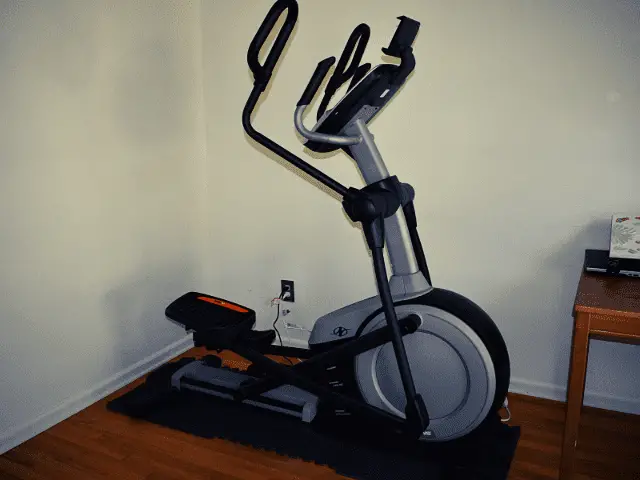
Finally, let’s talk about your cardio machines – your stationary bike, elliptical and/or treadmill.
On the downside, these pieces of fitness equipment are often the heaviest items in the whole home gym.
On the plus side though, the designers of these machines are usually pretty aware of how heavy these pieces of gym equipment can be so most cardio equipment has built-in wheels to make them easier to move. If your machine does have wheels, tip it towards the wheels and carefully wheel it to the truck.
If it doesn’t have wheels you’ll most likely need a furniture dolly to get it out of the house. Tip it to one side, slide the dolly underneath and then rock it up onto the dolly. This is absolutely a two (at least) person job!
Finally, because cardio machines, like a stationary bike, have shorter lifespans than other home gym equipment – now might be a great time to sell those heavy pieces of exercise equipment.
Final Thoughts
When it comes to how to pack your weights for moving, work smarter, not harder.
Have a plan for where they’re going to go and how you’re going to secure them in place and protect everything around them. If you have people helping you move, know who and more importantly who shouldn’t be helping you move your heavy gym equipment.
You’ll be lifting in your new home gym before you know it!
